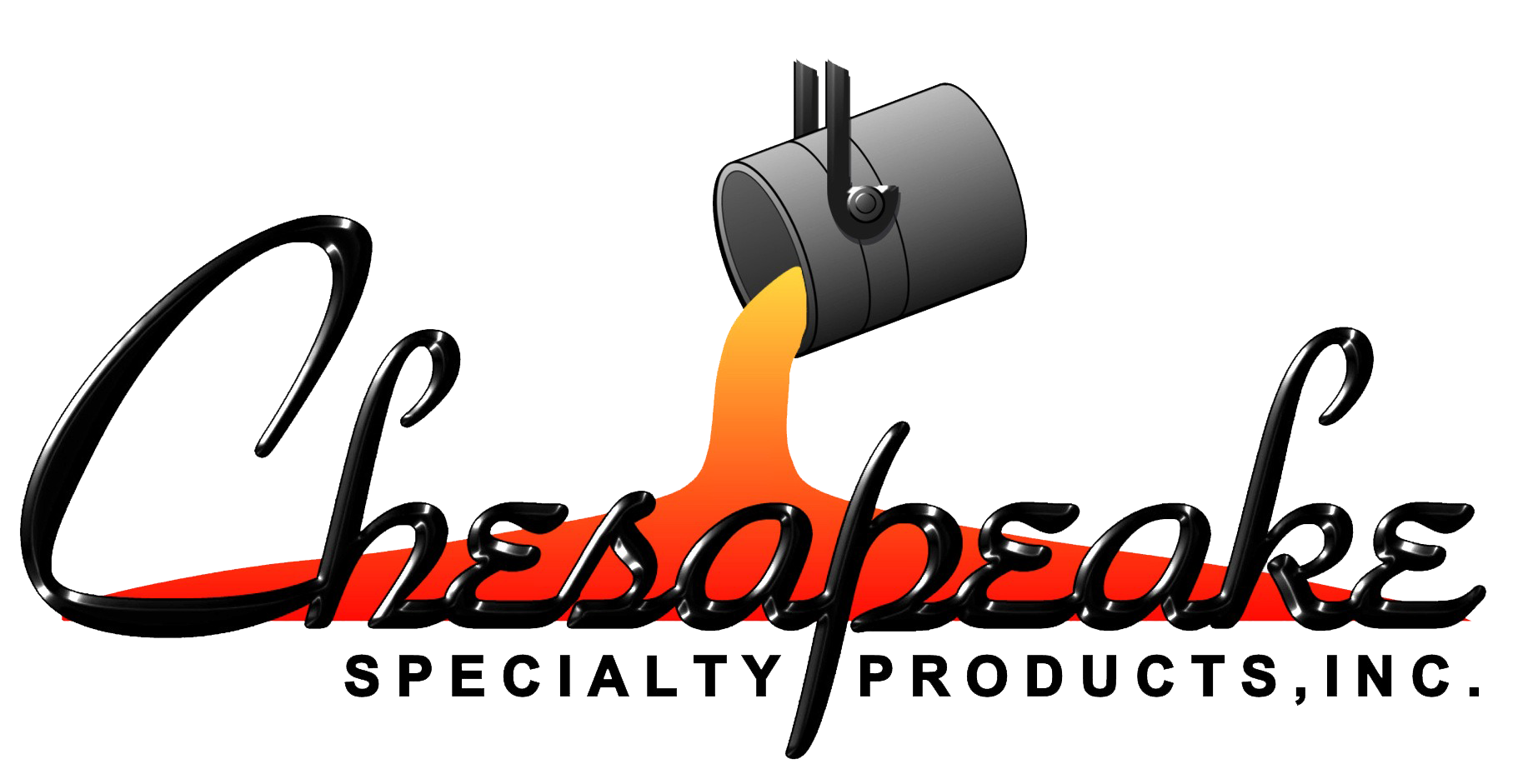Chesapeake’s HDM® product is A versatile and non-toxic blend of iron and steel, engineered to support and safeguard various applications such as radiation shielding blocks, protective blast walls and barriers, heavy drilling mud (patent pending), ship ballast, counter balance weights for lift bridges or industrial machinery, etc.
Ballast type may be permanent or removable.
Permanent Ballast Materials
PBM, or permanent ballast material, is commonly selected for its high density, extended lifespan, and cost-effectiveness. Hematite, lead, and concrete are the materials most frequently used for this purpose due to their favorable properties. Additionally, the use of permanent water tanks or compartment flooding may be employed as a form of permanent ballast, depending on the specific application at hand.
1. Lead
The high density of lead makes it an ideal ballast material; however, there are price, environmental and health concerns involved with its use. As such, lead shot is no longer as prevalent, though it remains common in the external bulbs of sailboats (where increased size is detrimental to performance).
2. Concrete
Concrete or cement is cheap, easily poured, fits around structure, and virtually maintenance proof over its lifetime. It has supplanted lead in most vessels today. It is also common to include scrap steel or excess rebar to increase density, with the concrete poured overtop of it.
3. HDM®
The ultimate solution for high-density and cost-effective ballasting needs. Combining a proprietary blend of steel, iron, oxides, and cement, HDM® packs a powerful punch as a permanent or removable ballast material. Not only does it provide the highest weight-to-cost ratio in the market, but it also boasts unparalleled versatility in application. HDM® can be mixed on-site, enabling it to take any shape of the void in which it is poured. This slurry or blown-dry material is specially designed to provide the necessary stability for radiation shielding blocks, protective blast walls, barriers, heavy drilling mud (patent-pending), ship ballast, counterbalance weights for lift bridges, or industrial machinery. With HDM®, you can trust in a durable and long-lasting solution that won't weigh down your budget.
Radiation Shielding Blocks and Panels
Chesapeake HDM® is a game-changing solution for radiation shielding applications. When it comes to gamma radiation and X-rays, nothing can absorb them as effectively as high-density metals. While lead has traditionally been used in many products and devices, its use comes with significant health and environmental risks. Enter HDM® with its unique blend of steel, iron, oxides, and cement. The exceptionally high density of HDM® blocks allows engineers to design walls that are much thinner than standard concrete block walls, while remaining far less expensive than lead-lined walls. With a range of block sizes available or the option to provide the HDM® for customers to mix in their own concrete, Chesapeake HDM® is an ideal solution for any radiation shielding needs.
Security and Barrier Walls
Due to the high strength and density of Chesapeake HDM®, barriers can be built that withstand explosive blast, gun shots, high impact collisions, etc. Applications are available for military, government, and safety organizations.
Oil Well Disaster Prevention
HDM Well Kill® can replace drilling mud or can be added to drilling mud to increase the density of the drilling mud. HDM Well Kill® can overcome the extremely high pressure in an oil well and stop the flow of oil so a well can be capped.
Chesapeake’s patent-pending HDM Well Kill®, a unique underwater HDM® epoxy system, will solve blow out catastrophes like the Horizon Deepwater Well. HDM Well Kill® will immediately contain and permanently plug wells to minimize ecological disaster.
HDM Well Kill® involves rapidly pouring a proprietary mixture of epoxies and HDM® down a pipe to the well blow out and injecting a time released activator into the heavy media immediately above the well head.
Unlike the proposed BP “Top Kill” operation which used light weight drilling mud (pictured below), the Chesapeake solution utilizes HDM® which weighs approximately 300 pounds per cubic foot, compared to approximately 120 pounds per cubic foot for drilling mud. This HDM® slurry will provide a static pressure of more than 10,000 PSI at the discharge but far more dynamic pressure because the material will be flowing at raid rate through the pipe.
The unique solution from Chesapeake blends and mixes the binder system into the media in such proportions that it does not set up too soon, as to plug the feed pipe, or too late to, not creating the necessary blockage. This technology is common practice in the foundry Industry for making molds and cores for metal castings.HDM Well Kill® can also be used to increase the mass and fill the voids of a “Top Hat” cap to prevent leakage of oil from beneath the “Top Hat”.
Bridge Counterweight
Because of the high density of Chesapeake HDM®, concrete counterweights can be made to take up to 2/3 less space. This not only increases the aesthetics of the structures, but also gives architects and engineers more flexibility in their designs.









